QuestionHi Jaymie,
I have three female balloon belly mollies and one male leopard molly. It seems the male leopard molly has love for only one of the females. I found 1 baby molly in my tank the other day and I went to get a net and separate it from the others and it was gone, I feel so horrible because I was not aware she was pregnant and had I, there would have been a different outcome. But I'm not sure about the behavior...the one male had left her alone for weeks and then that same day I found the baby in the tank he started attempting to breed with her. He is really always after he attempting to mate....when he stops bothering her should I have valid reason to think she is pregnant and put mom in a breeding box so the babies will be safe? If so, how long should I wait before putting her in there and when should expect little ones to be born? I was actually surprised that the baby was not a "little dot" like other people describe, very small but very easy to spot...how tiny are the babies when first born? I hope you can help me because I suspect she is pregnant again! Thank you for any help or advise!
Thanks,
Samantha
AnswerSamantha,
If you have a lot of hiding places, the fry could still be alive and hiding. If breeding was successful, you will have fry 28-31 days after breeding. You really do not want to put her in the breeding net until she is ready to have the babies. Some signs are, she will stay away from the rest of the fish. She will probably stay at the bottom and only swim when another fish comes to close. When you see this behavior, then you can put her in the breeding net. Once the babies are born, remove the mother and leave the fry in it to keep them safe. They cannot stay in there long. I would make sure you have a minimum size tank of 10 gallons already cycled and ready to go. After about a week transfer the fry to the 10 gallon grow out tank. They can be placed back into the main tank when they are too big to fit in the mouth of the largest fish in the tank.

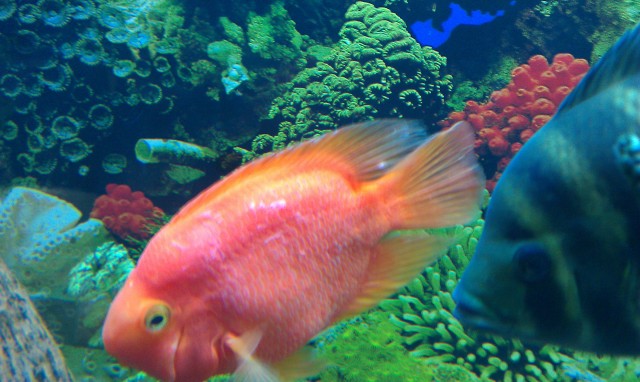 Parrot disease
Question
scales peeling off
I have a 115 gallon tank wi
Parrot disease
Question
scales peeling off
I have a 115 gallon tank wi
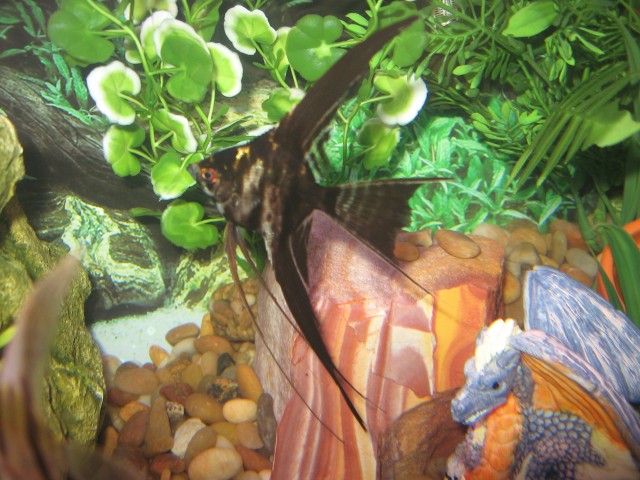 Room for more?
QuestionQUESTION: I got a little carried away last nigh
Room for more?
QuestionQUESTION: I got a little carried away last nigh
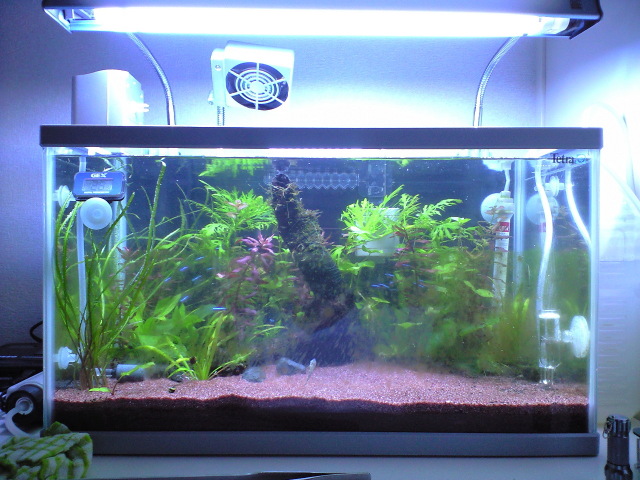 Very shy cardinal tetras and water questions
Questionaqua
QUESTION: Hi , its been a month tha
Very shy cardinal tetras and water questions
Questionaqua
QUESTION: Hi , its been a month tha
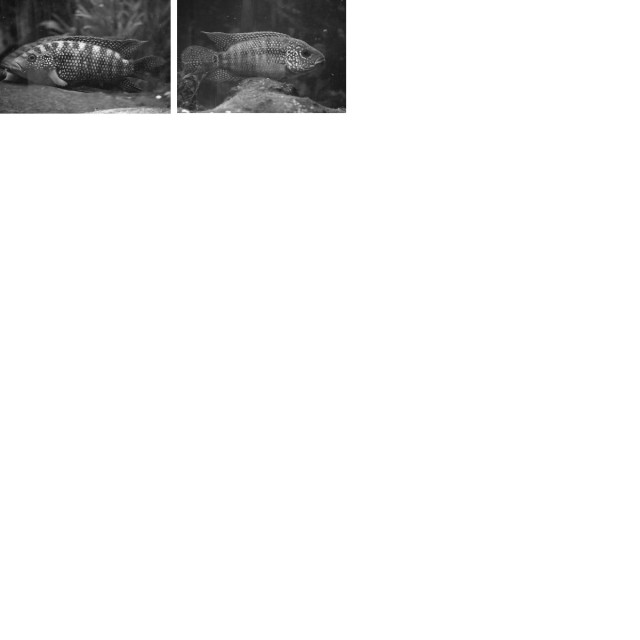 sexing of fish
QuestionQUESTION: i have 3 jack dempsy how can i sex th
sexing of fish
QuestionQUESTION: i have 3 jack dempsy how can i sex th
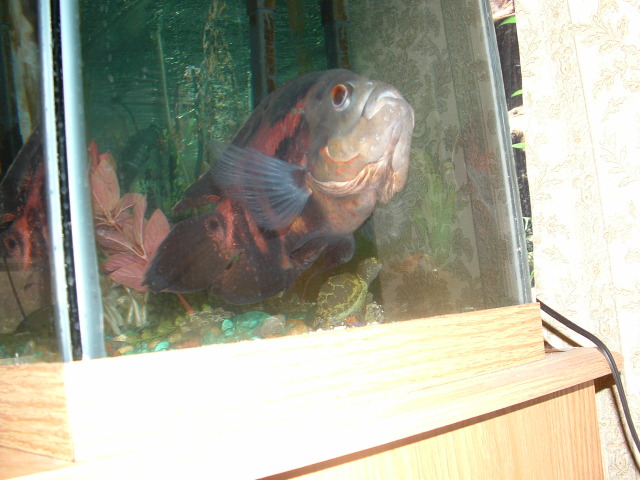 high nitrites Oscar mouth opening and closing
QuestionQUESTION: You have helped me before. I HAVE A 7
high nitrites Oscar mouth opening and closing
QuestionQUESTION: You have helped me before. I HAVE A 7